Suggestions for planting by open woodland path
mayland
15 years ago
Related Stories
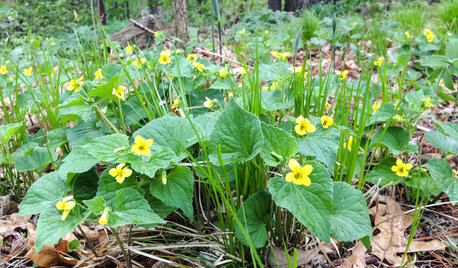
GARDENING GUIDESGreat Design Plant: Viola Pubescens Dots Woodlands With Yellow
Plant downy yellow violet in eastern U.S. woodland gardens for its heart-shaped leaves and bright yellow flowers
Full Story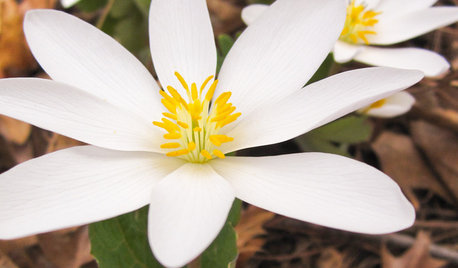
Great Design Plant: Sanguinaria Canadensis Lights the Spring Woodland
Bloodroot’s large, showy white flowers and attractive foliage brighten eastern woodland gardens in early spring
Full Story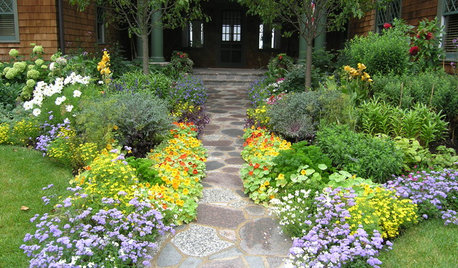
GARDENING GUIDESPathway Plantings That Please the Senses
Add some color, life and intrigue beside your sidewalk with these 7 suggestions
Full Story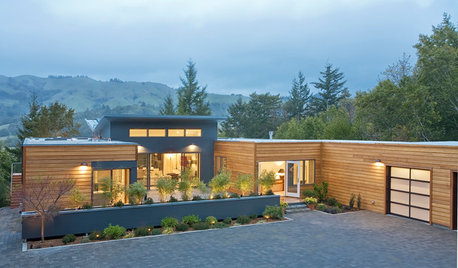
GREEN BUILDINGEfficient Architecture Suggests a New Future for Design
Homes that pay attention to efficient construction, square footage and finishes are paving the way for fresh aesthetic potential
Full Story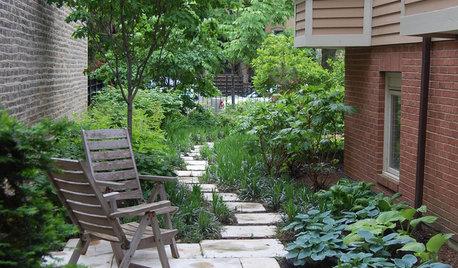
LANDSCAPE DESIGN17 Wandering Paths That Take Joy in the Journey
Explore secondary paths that are full of nuance and add intrigue to the landscape
Full Story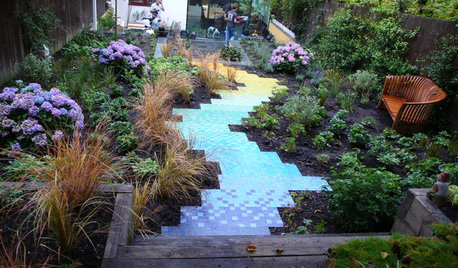
LANDSCAPE DESIGN24 Garden Paths to Inspire Memorable Journeys
Winding or straight, narrow or wide, densely or sparsely planted — there’s more than one way to design a walk
Full Story
HOUZZ TOURSMy Houzz: City and Country Cross Paths in a Dutch Villa
It backs onto a lushly planted waterway and even has a pool, but this Netherlands home never loses sight of its capital skyline
Full Story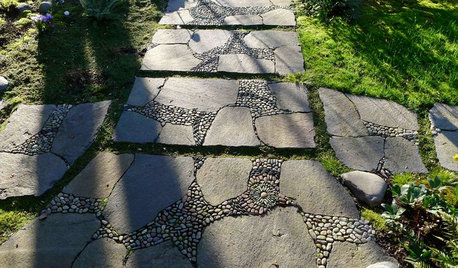
LANDSCAPE DESIGNHow to Design Garden Paths That Bring a Landscape to Life
We guide you through material and placement choices that will take your pathways from ordinary to extraordinary
Full Story
GROUND COVERSNative Alternatives to English Ivy, Japanese Pachysandra and Periwinkle
These shade-loving ground covers are good for the environment and say something about where you are
Full Story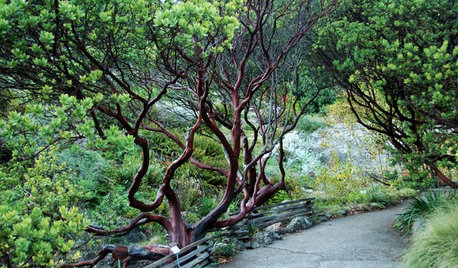
GARDENING FOR BUTTERFLIESGreat Design Plant: Parry Manzanita Stands Out in Low-Water Gardens
Make a dramatic architectural statement and feed wildlife in woodlands and more with Arctostaphylos manzanita
Full Story






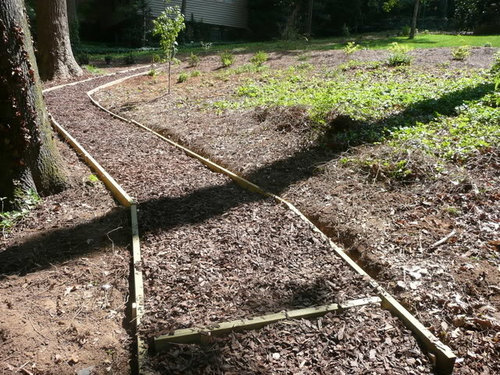
stevega
Iris GW
Related Professionals
Harrison Landscape Architects & Landscape Designers · Alexandria Landscape Contractors · Fuquay-Varina Landscape Contractors · Gresham Landscape Contractors · La Verne Landscape Contractors · Vermilion Landscape Contractors · Webster Groves Landscape Contractors · Woodbury Landscape Contractors · Yukon Landscape Contractors · Carney Fence Contractors · Fair Oaks Fence Contractors · Hawaiian Gardens Fence Contractors · Madison Fence Contractors · San Antonio Fence Contractors · Simi Valley Fence Contractorsgirlgroupgirl
maylandOriginal Author
Iris GW
jeff_al
shot
Iris GW
maylandOriginal Author
satellitehead
maylandOriginal Author
Iris GW
Iris GW
lzygrdner
stevega
maylandOriginal Author
lzygrdner
satellitehead
maylandOriginal Author
satellitehead
satellitehead